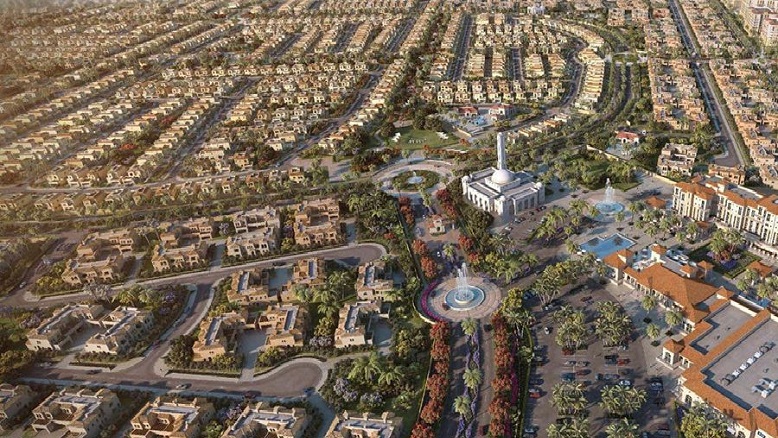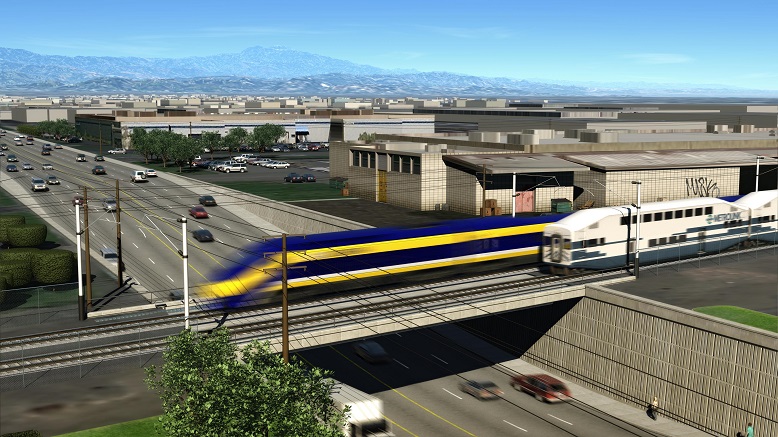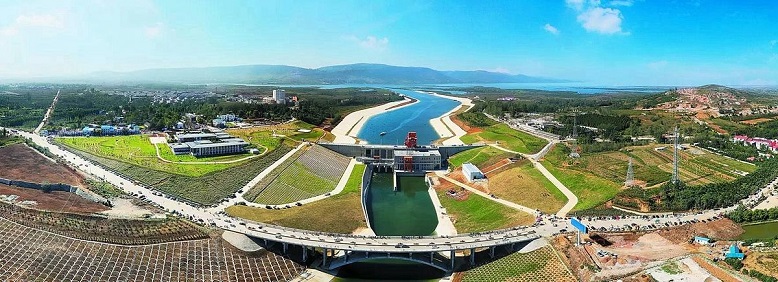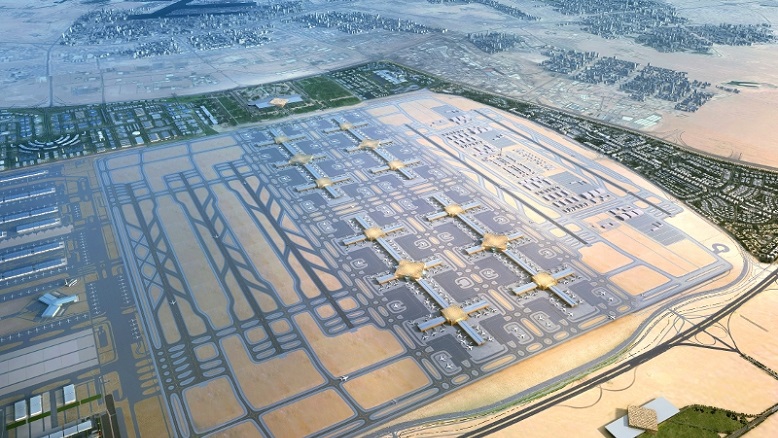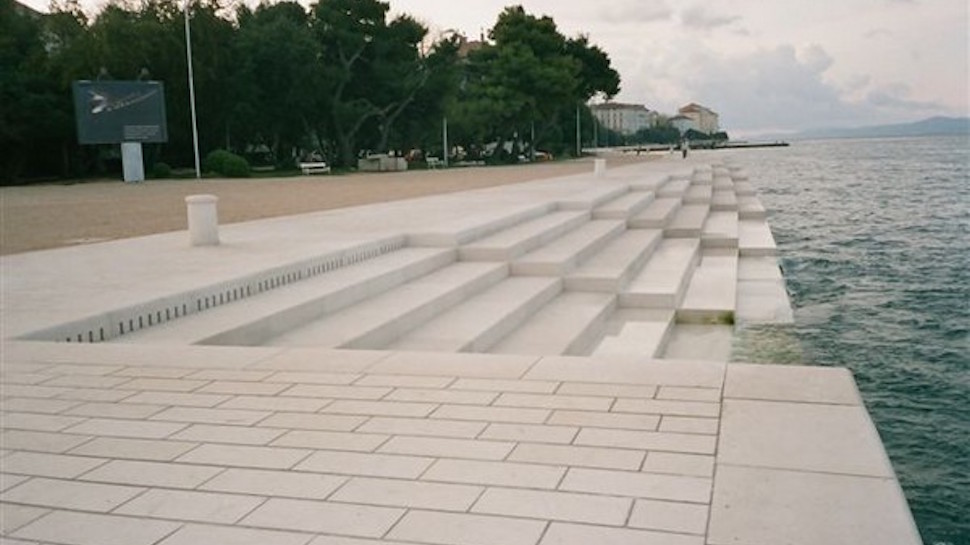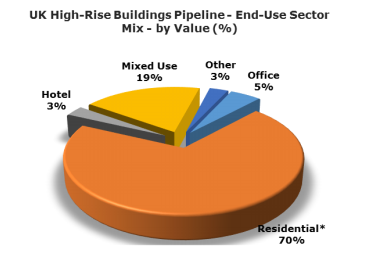Mammoet welcomed the start of 2023 with the delivery of the very first batch of modularly constructed villas for Red Sea Global’s Sheybarah Island Resort. A total of four villas were loaded-in at the Port of Hamriyah, in Sharjah, and were shipped to the island be installed at the site.
A new milestone was achieved with the installation of the first prefabricated, stainless steel overwater villa orb on its foundation.
For the installation, Mammoet used its 650t capacity Demag CC3800 crawler crane positioned on top of Mammoet’s modified barge, ALE 250. The shallow draft of the barge meant that there would be minimal disturbance to the sensitive marine environment of this unique and picturesque archipelago in the Red Sea.
At the construction jetty, the crane loaded and placed the first orb on the barge deck and sailed to the installation area. Once at the location, the barge was positioned using a hyper-accurate GPS system and the barge’s own winches, for precise alignment with the foundation. The barge was then stabilized using a retrofitted 300t spud jacking system provided by Combifloat – Mammoet’s partner for floating and self-elevating marine equipment suitable for nearshore operations. Safe and efficient lifting, lowering and (re)positioning of the barge was achieved through a locally controlled jacking mechanism and a 4-point mooring system.
The crane was raised to lift the orb into place – its superlift was replaced by a system designed specifically for the project where the back mast of the CC3800 is “tied back” to the barge. This gave the crane enough capacity to skillfully place the orb onto the foundation without requiring the additional mass of a superlift tray.
Robert van Tinteren, Lead Project Engineer for Mammoet commented: “Creative engineering at its best. It has been an exciting nine months building up to this point, but it never gets tedious to see the incredible things we at Mammoet can do when we put our minds to it!”
Mammoet was awarded the contract to transport and install all 73 villa pods back in May 2022. To support the shipment of the villas from the UAE to Saudi Arabia, Mammoet teamed up with P&O Maritime Logistics, a leading provider of critical logistics and marine solutions.

About the Sheybarah Island Resort
Sheybarah Island is located in the southeast of the archipelago on the Red Sea. The island is home to a highly diverse environment with mangroves, white sand dune beaches and some of the most beautiful and pristine coral reefs in the world hosting many species of fish and other marine animals.
The 73-key resort, designed by Dubai-based architectural firm Killa Design, comprises uniquely shaped overwater and beach villas, arrival, front of house and F&B buildings and other facilities. The approach to the façade design was to minimize visual impact of the architecture on the environment by employing a highly reflective polished stainless-steel cladding that reflects the natural surroundings: the ocean, the sky, sand dunes and the reef below.
The resort embraces the latest sustainable technologies in all elements of its design; an eco-friendly and sustainable design that not only preserves but enhances the biodiversity and the surrounding natural habitat, while offering a luxurious experience that will attract visitors from around the globe and elevating Saudi Arabia as a top tier marine eco-tourism destination.
The resort is a LEED Platinum off grid, zero energy, zero water development that widely promotes sustainable design in every aspect of its environment, to ultimately create a hospitality benchmark for regenerative developments. It is powered by a centralized solar farm and fresh water is supplied from a solar powered desalination plant. The recycling of waste material takes place on the island which minimizes the need to bring or remove materials from or to the island.
The Red Sea destination – the world’s most ambitious regenerative tourism endeavors: a luxury destination created around one of the world’s hidden natural treasures. It is setting new standards in sustainable development, pioneering a new relationship between luxury tourism and the natural environment and will put Saudi Arabia on the international tourism map.
Offering a diverse array of seamless personalized experiences, The Red Sea will encourage visitors to explore the wonders and rich cultural heritage of Saudi Arabia’s Red Sea coast.
First guests will be welcomed to the destination this year, when three hotels open along with the first phase of the Red Sea International airport.
Upon completion in 2030, the destination will deliver up to 8,000 hotel rooms across 22 islands and six inland sites. The project is expected to play a significant role in driving the economic diversification of Saudi Arabia by attracting one million visitors every year, capped in line with sustainability considerations.
The Red Sea destination, part of Saudi Arabia’s Vision 2030, spans 28,000 square kilometers in the Kingdom and is expected to provide a significant boost to the country’s GDP upon completion, upwards of 22 billion riyals annually. The destination will also create 70,000 direct, indirect and induced jobs.




